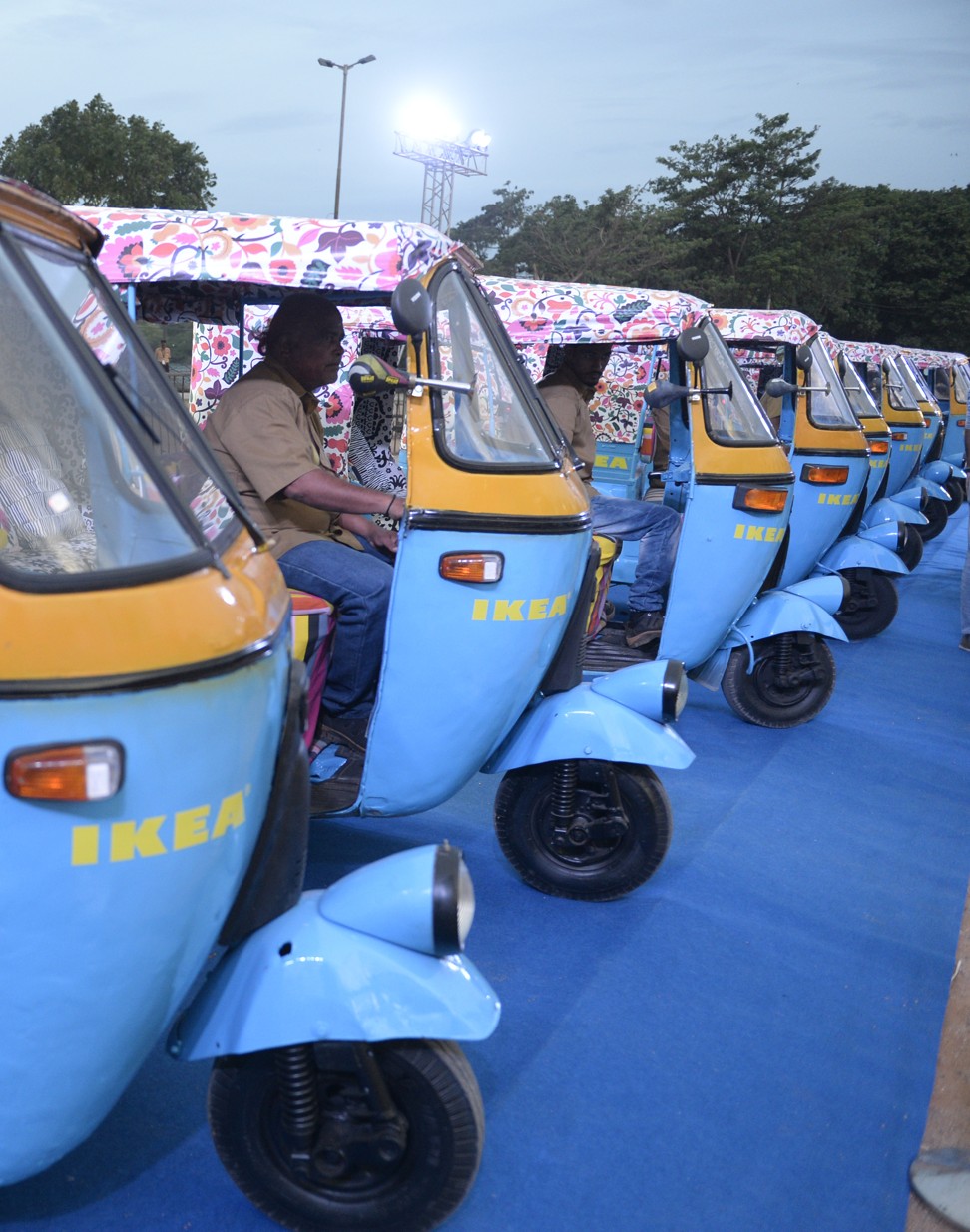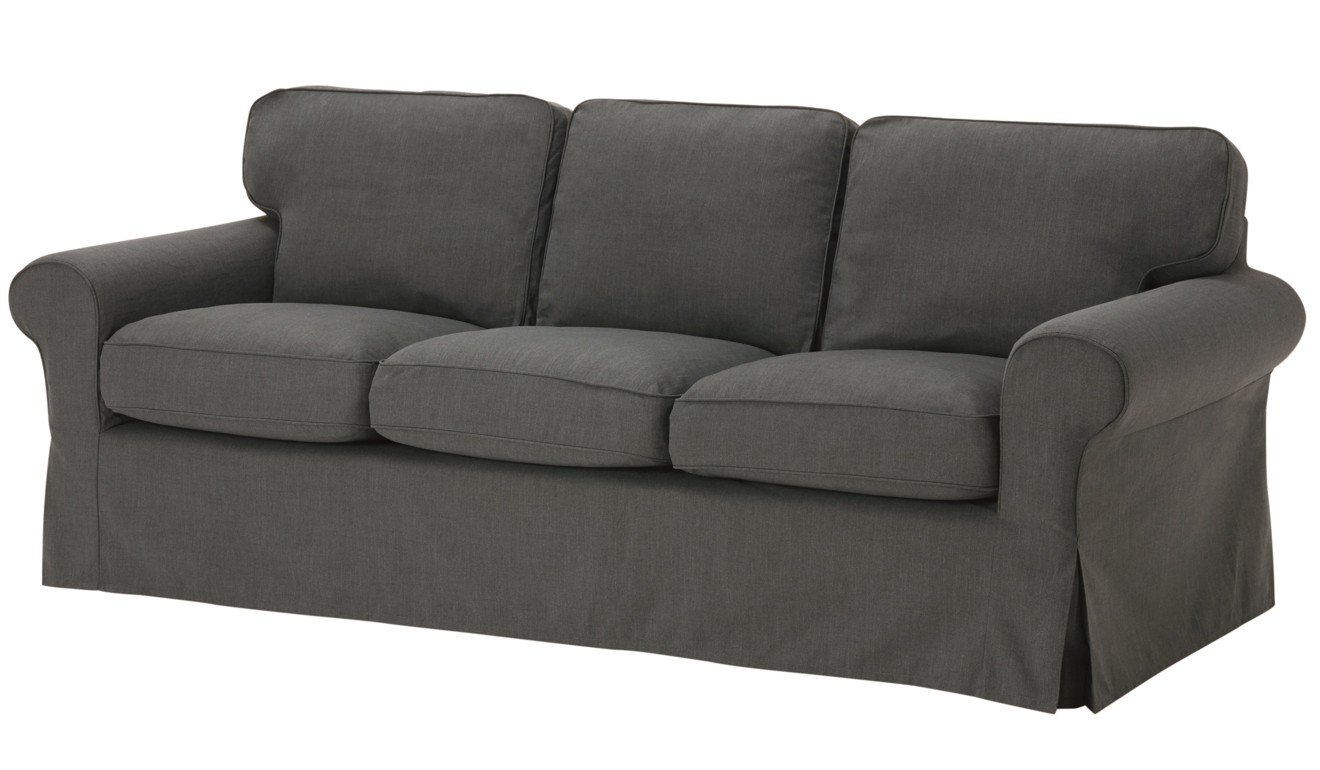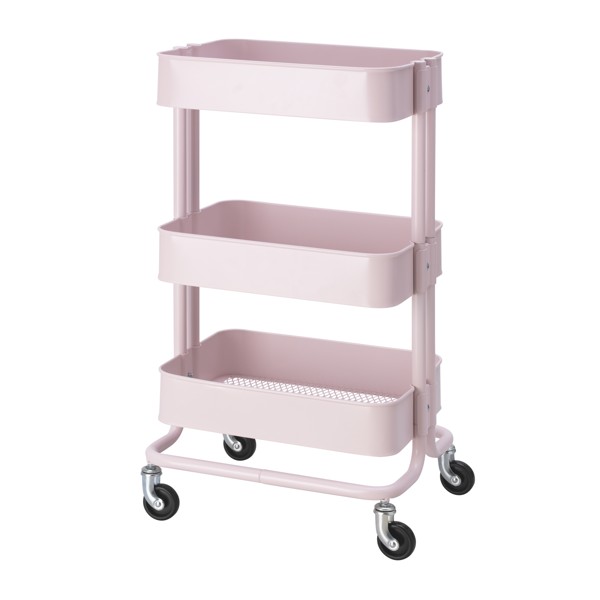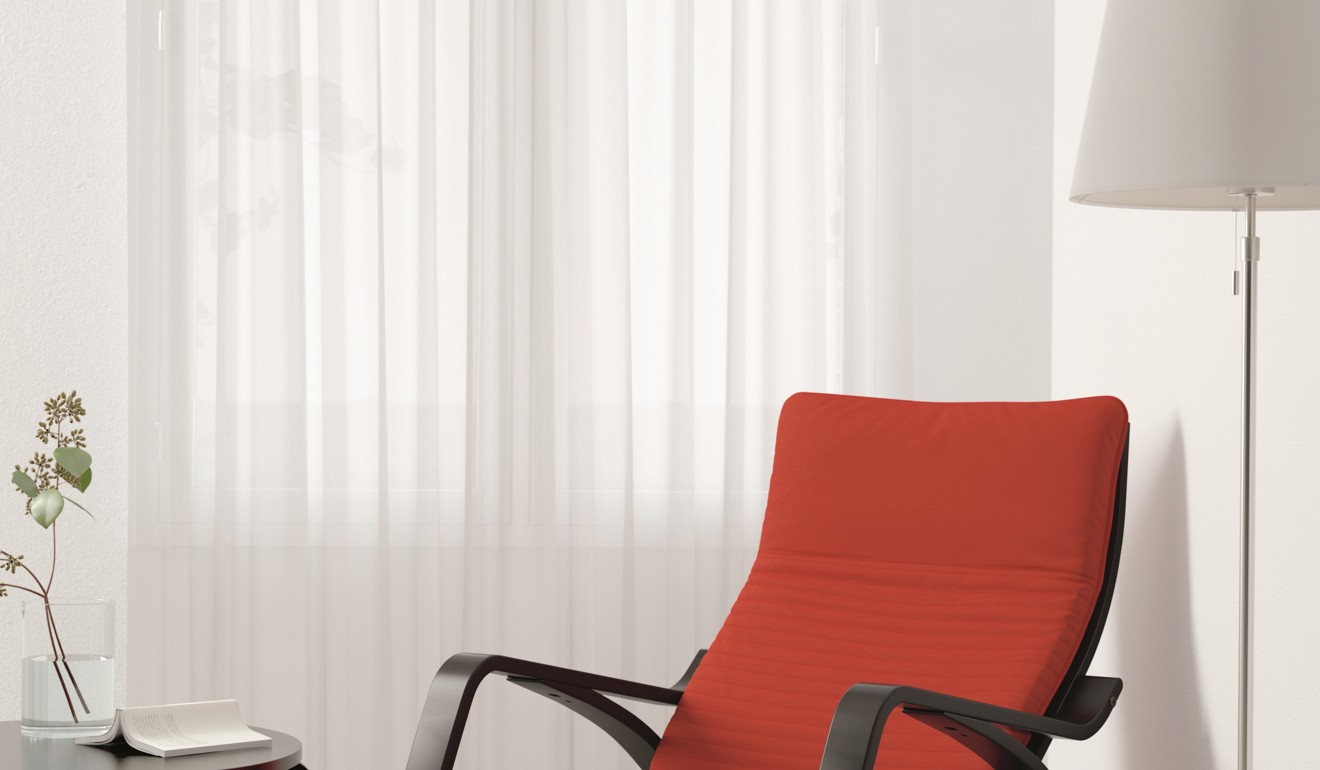
Ikea in India: more colour, less DIY, and no leather or meatballs at lifestyle giant’s first store – but will Scandinavian aesthetic sell?
Swedish multinational has had to rethink everything for a country where life is lived in the bedroom, small homes accommodate big family gatherings, customers are not used to self-assembly furniture, and cows are revered
Having scrutinised the interiors of 1,000 homes in India to better understand how Indians live, Ikea is finally ready to sell its wares in the country. But when the Swedish retailing giant opens in Hyderabad on August 9 (to be followed by stores in Delhi, Mumbai and Bangalore), it won’t be just about the usual flat-pack furniture that has filled the homes of millions of people around the world.
The chain will be trying to win over its newest market with more colour than usual, harder mattresses, alternatives to leather, foldaway items and service that appeals to a “do-it-for-me” culture: customers will be able to buy their kit ready-made.

These adaptations have been years in the making. In 2013, when Ikea first sent its top design executives to India to examine Indian lifestyles, it discovered, among other things, that Indians live in their bedrooms.
“The bedroom is … where much of the family time is spent – eating, doing homework, watching TV, hanging out,” said Mia Olsson Tuner, Ikea India’s country communication and design manager.
I was struck by how Indians eat together, anywhere and everywhere. It definitely made me look at a home in a different way
Ikea’s protracted research was a smart move, judging by the adjustments other foreign retailers have had to make to accommodate Indians’ distinctive habits: McDonald’s and Domino’s Pizza, for example, had to adapt their offerings owing to religious sensitivities concerning beef and pork. Fridge manufacturers added locks because some Indians apparently didn’t want servants helping themselves to food.
Even luxury brands – among them Louis Vuitton and Bottega Veneta – had to change their sales tactics. Their “trunk shows” took products directly into the homes of rich women in small towns, where much money resides.
In localising its products, Ikea, which is now in 49 countries, rethought everything from upholstery to cutlery to furniture. The lack of a standard bed or mattress size in India prompted the company to do away with fitted bedsheets (although it will still be selling beds and mattresses).
To keep things cool, neither velvet nor silk will be found among curtains or upholstery fabrics, and for low maintenance, darker sofa fabrics will be offered (dirt and dust outside ruling out white or cream versions) in addition to more vibrant hues.
Not surprisingly, because Hindus revere and worship cows, leather will not be available. And because Indians still tend to eat with their hands, cutlery sets will eschew knives to include only spoons and forks, which can be used for rice and bite-sized foods.

Then there is the lack of space – a fact of life in many large cities around the world; in India, where most urban homes are 500 square feet or smaller, it also meant making sofas multifunctional. Recognising that this important piece of furniture is often used as a base for homework and games as well as for entertaining and sleep, Ikea altered some of its designs to make expandable sofas that can accommodate a large number of people when required.
Ikea at last cracks China market, but success has meant adapting to local ways
“We focused a lot on small space and family life,” said Tuner – fold-up items were important, as were pieces that offered storage. “We had to provide solutions for a life with children in limited space and that meant smart storage solutions throughout the home.”
But some things will remain the same, including the popular Ektorp sofa, which Tuner expects to do well in India because it is affordable and has a washable cover. Another item she thinks will appeal to Indians is the Raskog, a trolley created as a “good friend in the kitchen” but useful throughout the home.

Ikea’s Scandinavian aesthetic may prove a sticking point, at least initially. In everything from clothes and jewellery to buildings and homewares, Indians prefer ornateness to simple, clean lines.
“Indians love the ethnic look, mainly wood, but heavily carved and every surface ornamented if possible,” said Sunil Chaddha, owner of furniture store Country Collection in New Delhi. “The Ikea look is so different; it may take time for Indians to appreciate it.”
The mindset it caters to could also prove a challenge. But where the middle-class used to hold on to furniture for generations – a throwback to pre-liberalisation frugality, when buying furniture and white goods was a huge family event – things are changing. India has fast become a throwaway society, with more Indians preferring to replace than to fix – among them young people who continue to flood to the cities for work, and who live alone.
The bedroom is … where much of the family time is spent – eating, doing homework, watching TV, hanging out
These are the types of consumers Ikea is banking on in a country where until recently few shops carried furniture, and those that did catered to the very wealthy only. Indians commonly hired local carpenters to make their furniture by hand.
As recently as the 1990s, Ikea’s brochure, a coveted object, was smuggled into suitcases during trips abroad. Those who couldn’t travel overseas bought the catalogue at street traffic lights for inspiration, and carpenters showed photocopies to potential customers, who would choose designs to copy.
In that environment, Ikea would have faced little competition in India. But the past few years have seen the emergence of domestic furniture retailers such as Pepperfry, Urban Ladder and FabFurnish, all offering contemporary designs at reasonable prices in addition to online service.
“I furnished my entire cottage in the mountains from Pepperfry and Urban Ladder,” says home stay owner Ananya Menon, who opens her house to lodgers. “I’d rather buy online than travel in the traffic to a far-off Ikea store in the suburbs.” Ikea does not expect to start selling online in India until next year.

Because Indians are notorious for being more price conscious than most, Ikea was also mindful of its sales strategy. For this reason, 1,000 products under 200 rupees (US$1.50) will be available.
As it does in some other countries where DIY has not caught on, Ikea in India is offering an in-house team to assemble products. The Hyderabad store will have a 150-strong team to put together purchases free of charge, to be delivered, for a nominal fee, as ready-made items.
Ikea bets big on India but Swedish meatballs won’t be on the menu
It has also linked up with home services company Urban Clap, which will offer experienced professionals to Ikea customers who don’t want to wait for in-house help. Busy customers can thus have their furniture assembled in their own homes.
For Tuner personally, one insight into Indian family life has left a mark – the amount of time Indians spend socialising and with loved ones.
“Indians always have time for friends and family,” she says, and small spaces are no deterrent. “I was struck by how Indians eat together, anywhere and everywhere. It definitely made me look at a home in a different way.”

